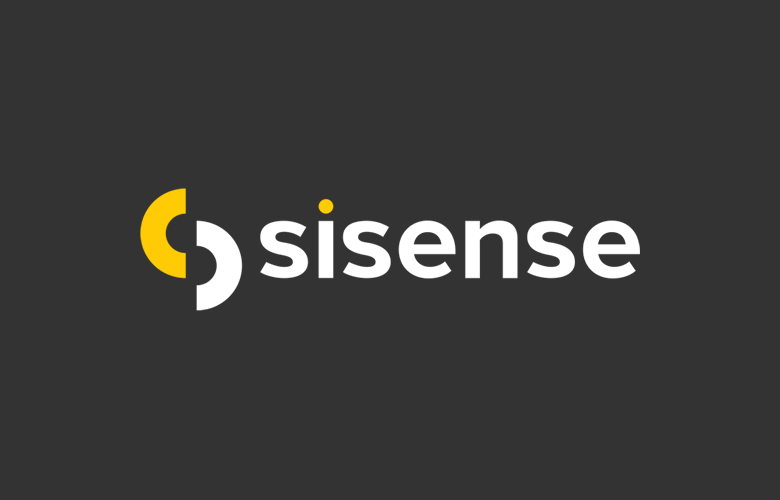The Compose SDK for Fusion is a composable set of APIs that enables developers to build custom advanced analytics applications to inform business users within their normal workflow.
Sisense on Thursday unveiled the Compose SDK for Fusion, a set of code-first application programming interfaces that enable developers to quickly and easily create analytics tools to embed into business users' workflows.
Now in public preview, the Compose SDK for Fusion is a toolkit specifically targeted at trained developers that enables developers to customize data products with a composable approach to development.
Developers can choose from over 500 pre-built APIs, data libraries, and visualizations to assemble data products. The approach, which essentially provides developers with building blocks they can assemble as they see fit before incorporating the final product, saves time and effort compared to coding from scratch, while also allowing for customization.
Headquartered in New York City, Sisense specializes in embedded analytics and in 2021 rebranded its platform as Sisense Fusion to reflect this focus. Other embedded analytics specialists include Logi Analytics, now part of InsightSoftware, and Domo.
More recently, in January, Sisense was one of the first to integrate with OpenAI after the generative AI developer launched ChatGPT in November 2022, marking the beginning of generative AI becoming the product development focus of most data management and analytics vendors.
In April, Amir Orad stepped down as CEO after eight years at Sisense, and Ariel Katz, who had been the vendor's chief product and technology officer, was named his replacement. Shortly thereafter, in July, Sisense reportedly laid off around 15% of its workforce.
A code-first approach
While generative AI has led to a new wave of natural language processing (NLP) tools, including features that allow users to query data and receive answers without writing code and features that translate text into code to enable development, the Compose SDK for Fusion is a code-first toolkit.
Sisense offers low-code/no-code tools including NLP capabilities. But the code-first approach allows for more complex development, according to David Menninger, an analyst at Ventana Research.
Low-code/no-code tools can enable data exploration and analysis, and rudimentary application and data pipeline development. But deep development operations (DevOps) that enable organizations to continuously integrate and deliver data (CI/CD) to keep applications up to date require code, he noted.
“The code-first approach supports organizations’ DevOps processes,” Menninger said. "DevOps includes continuous integration and continuous delivery—or continuous deployment. CI/CD is based on source code control systems, so it is difficult or impossible to support CI/CD with no-code tools."
Ayala Michelson, recently appointed chief product and technology officer at Sisense, also said that a code-first approach provides greater control over development.
She noted that some users prefer low- or no-code capabilities that allow them to build apps in an hour or two, populate them with some existing reports and dashboards, and get them up and running.
Others, however, want something more.
“We want to serve the other end of the spectrum, where users want to build more sophisticated and intelligent analytics applications that aren’t tied to a rigid dashboard or [data product],” Michelson said. "They want analytical insights deeply integrated into their application or business workflow. This is where the Compose SDK comes in."
She added that the Compose SDK for Fusion marks an expansion of Sisense's target audience to include hardcore developers.
Sisense's existing capabilities enable customers to build applications with low-code and no-code tools. But as organizations recognize the benefits of a composable approach to development—Gartner predicts that by 2025, 60% of custom business applications will be built with components—Sisense also aims to address the needs of those building advanced analytics applications.
“The Compose SDK is essentially… a developer-first approach because we’re looking at how applications will be built [in the future],” Michelson said. "The Compose SDK enables deeper customization and can provide micro-analytics in a way that
and we couldn't before."
Menninger, for his part, said Sisense is wise to expand its target audience to include developers.
He noted that Ventana's research shows that nearly two-thirds of organizations consider embedded analytics important, which is even higher than AI and machine learning.
By targeting developers—and offering over 500 different components to choose from—Sisense is enabling organizations to build advanced data products that can be embedded into business users' workflows and then continuously managed and updated, without bringing them back into the development environment.
Similarly, Domo recently added what it calls “pro-code” tools to its analytics platform to expand its audience beyond self-service users and enable the development of more sophisticated applications. Meanwhile, GoodData has also adopted a composable approach to development.
“The Compose SDK turns analytics on its head, targeting the developer as the primary persona, rather than a secondary persona,” Menninger said. "Compose provides more granular objects, making them easier to incorporate into other applications."
Next steps
With the Compose SDK for Fusion now in public preview, Sisense's upcoming product development plans include the release of new generative AI capabilities, including enhanced query capabilities and natural language generation, according to Michelson.
Additionally, she noted that Sisense already allows customers to integrate their own language models with Sisense capabilities.
Meanwhile, developers will continue to be the vendor's focus with more early coding tools as part of the roadmap, in addition to low-code and no-code capabilities enabled by generative AI, according to Michelson.
“We will continue to invest in our no-code, low-code, and pro-code feature stack to address the full range of requirements and needs for building and embedding analytics and data products,” she said. “We will continue to invest in pro-code to help teams build advanced analytics.”
Menninger said one area Sisense needs to improve is enabling collaboration.
Business decisions are rarely made by just one person. Therefore, the more analytical tools allow users to work together throughout the decision-making process, the better. As a result, several vendors, including Domo, Knime, Qlik, and Tableau, have added features that allow users to share analyses and gain insights collectively.
“Sisense has a feature-rich platform,” Menninger said. “But one area where they could make more investments is in the area of collaboration with more support for decision-making activities that happen in association with analytics.”


